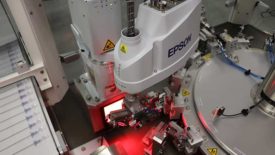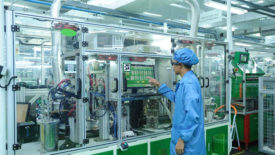DFMA Assembly
Articles about how to design products for efficient manufacture and assembly.
ARTICLES
ASSEMBLY Audible September In-Review
AI, Economy, and the Future Workforce in Manufacturing
October 7, 2024
Never miss the latest news and trends driving the manufacturing industry
Stay in the know on the latest assembly trends.
JOIN TODAY!Copyright ©2025. All Rights Reserved BNP Media.
Design, CMS, Hosting & Web Development :: ePublishing







.jpg?height=168&t=1706147794&width=275)



